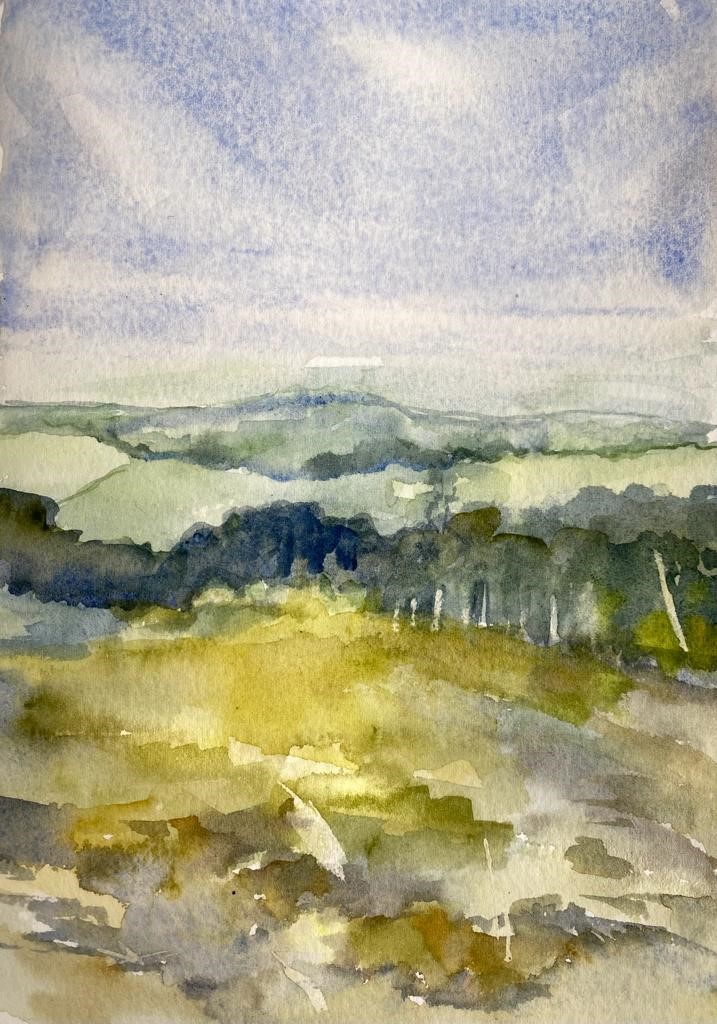You’ve checked off the big five in the Kruger, witnessed the sudden gush of Old Faithful geyser in Yellowstone and marvelled at the migrating antelope in the Serengeti.
Why bother with the South Downs National Park in England’s congested south? No mammalian predators or dramatic spurts of geothermal steam. Just rolling chalk hills, grasses and the occasional curious Friesians chewing the cud. Possibly your biggest danger as you walk the ancient public footpaths is grumpy locals fed up with ramblers asserting their right to roam.
Wilderness
When you’re used to great wildernesses of Yellowstone and Kruger, the UK’s 15 national parks seem like a misnomer. Covering about 10 percent of the UK’s landmass, people live, work and play in the parks. There are farms, equestrian centres and golf courses. There are through-roads, railroads, towns, supermarkets and graveyards.
Most of the South Downs National Park is farmed. Only a quarter of the land is designated “managed for nature”, with a plan to boost that to a third by 2030.
While the place may seem dull in comparison with the world’s more glamorous national parks, its value lies in the freedom it provides the visitor to experience its subtle beauty. You can lie in the grass to inspect the tiny indigenous orchid without fear of confronting a rattlesnake. You can clamber up a hill to view the rolling grasslands below and experience without any effort that elusive state called mindfulness. And thanks to its status as an International Dark Skies Reserve you can view the Milky Way (British weather permitting).
Value
But perhaps the greatest value of the UK’s national parks is their inclusiveness. Unlike wildlife parks in Africa — where local people have been banished and visitors are confined to the safety of their cars — UK’s parks encourage walking.
Yes, you can drive to viewpoints, or ride mountain bikes or horses on some paths, but the emphasis is on hiking what were once the highways of the ancient world. And those paths remain open to all, and for free.
That freedom has been hard fought for — and won — by thoughtful generations before, creating an often-precarious balance of private property ownership and the rights of citizens to access the countryside. Anyone can walk through someone else’s farm or country estate if they stick to the designated footpaths. That legal right — often contested by property owners — is defended and championed by the Ramblers Association, a charity dedicated to the simple act of walking, with over 100,000 paid up members.
Trail
Traversing the South Downs park is a 100-mile trail called the South Downs Way. It runs between Winchester in the West and Eastbourne on the English Channel. Most walkers use parts of it, often catching trains from London for a circular walk with lunch in a pub. The Ramblers Association app shows you where to go.
What better way to lift the spirits while also exercising the heart? Or as Virginia Woolf says of the South Downs in her diaries, “… too much for one pair of eyes, enough to float a whole population in happiness…”.
